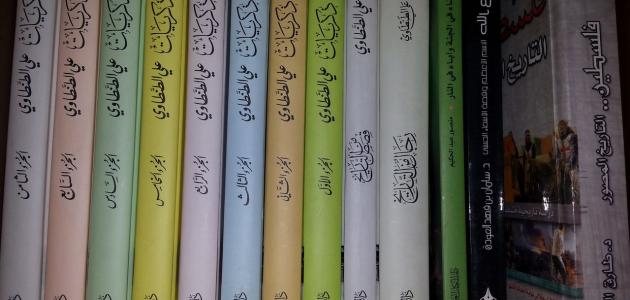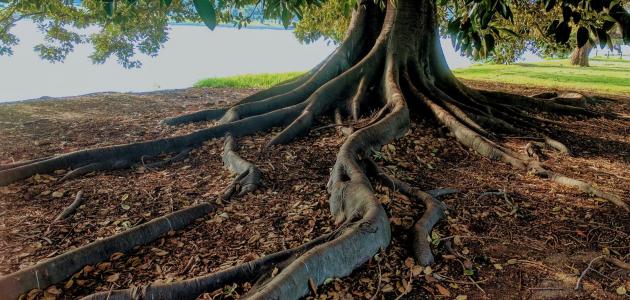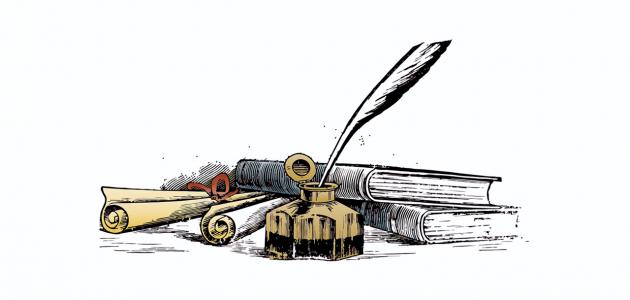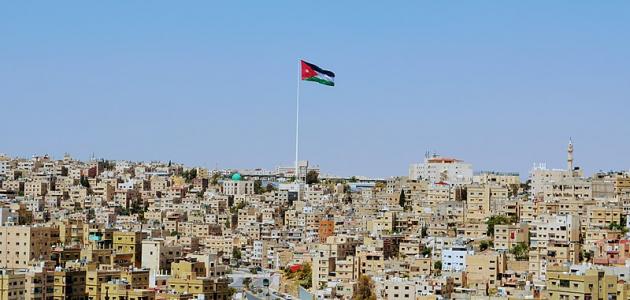The novel Cities of Salt
It is a five-part novel written by the Saudi novelist Abdul Rahman Al-Munif, and it is considered one of the most famous novels in the Arab world. The novel embodies the stages of the discovery of oil and the rapid transformations and transitions that occurred, which left a clear positive and negative impact on the cities and villages of the Arabian Peninsula. This is due to the discovery of oil, and it was banned. This novel was published in the Kingdom of Saudi Arabia.
Parts of the novel Cities of Salt
The novel consists of five parts:
Lost
The first part of the novel Cities of Salt embodies the beginnings of the emergence of oil and its discovery by the inhabitants of the Arabian Peninsula, and the main character, Miteb Al-Hathal, expresses the position of the owners of the lands from which oil was extracted, and which the authorities forcefully seized from them.
In this part, the writer touched on the emergence of modern cities and the harsh changes that occurred at the spatial level, and he took the Harran region as a realistic model of what happened in that era.
Groove
The second part comes for the novelist to embody the state of the desert after it became an oil field, and the state of the people of power and politics in this regard, and in this part he reveals how power was transferred from the hands of Sultan Kharbit, the father, to the hands of his son Khazal, who in turn provided all means of facilitation for the Americans to achieve what they were aiming for. Their power of schemes.
Read also:Where is Treasure Island located?The new Sultan, Subhi al-Mahmalji, who bears the title of Al-Hakim, appears in this part. He is of Lebanese origin. He came to the Harran region to work as a doctor, then he went adventurously to the capital, Moran, so that he could obtain high positions and be able to extend his influence and control over the region. The pace of disputes increases in this part. The transformations occurred at a rapid pace, and the situation became unstable and unstable, and things became completely volatile.
Sharing day and night
In the third part, Al-Munif focuses on the tribal conflict that occurred between members of the government family. In this part, Kharbit becomes the most important ruler in the region, and sheds light on the moment the West invaded the Arabian Desert, which became a means for Kharbit to control the wealth that he had so diligently searched for, in order to use it. For personal goals to dominate the region.
The germinator
This part is considered the shortest of the five parts of the novel, but it contains a huge amount of emotions that have a great impact on the reader. This part also presents the largest number of results that the region reached after oil exploration, and the negative changes that occurred in it. In this part, the writer focuses on the Sultan's life in the country of exile, and his mixed feelings.
The desert of darkness
This fifth part came to complete the previous four parts. In this part, the reins are subordinated to Ibn Kharbit II, “Faner”, as the writer sheds light on the situation of the region’s inhabitants during the changes that occurred there, as the change reached the roots of customs, traditions, people, and places, so Fanar turns into a character. Inspired by imagination, he ends up being assassinated.
Read also:Topic: Expression of patriotism








